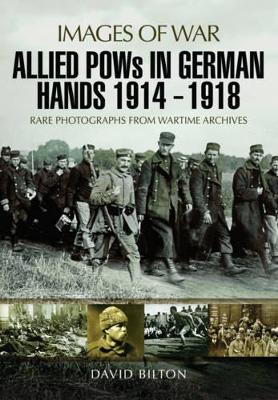Images of War
8 total works
Escape was a priority for many men; thousands tried, even though they could be shot for the attempt, as some were, but most failed to make it home. Then the Armistice was signed and the PoWs were freed. Some managed to walk to Allied lines, most had to wait for transport. Within a few months they were all home, except for the thousands of prisoners that were missing, that the Germans claimed they never had.




